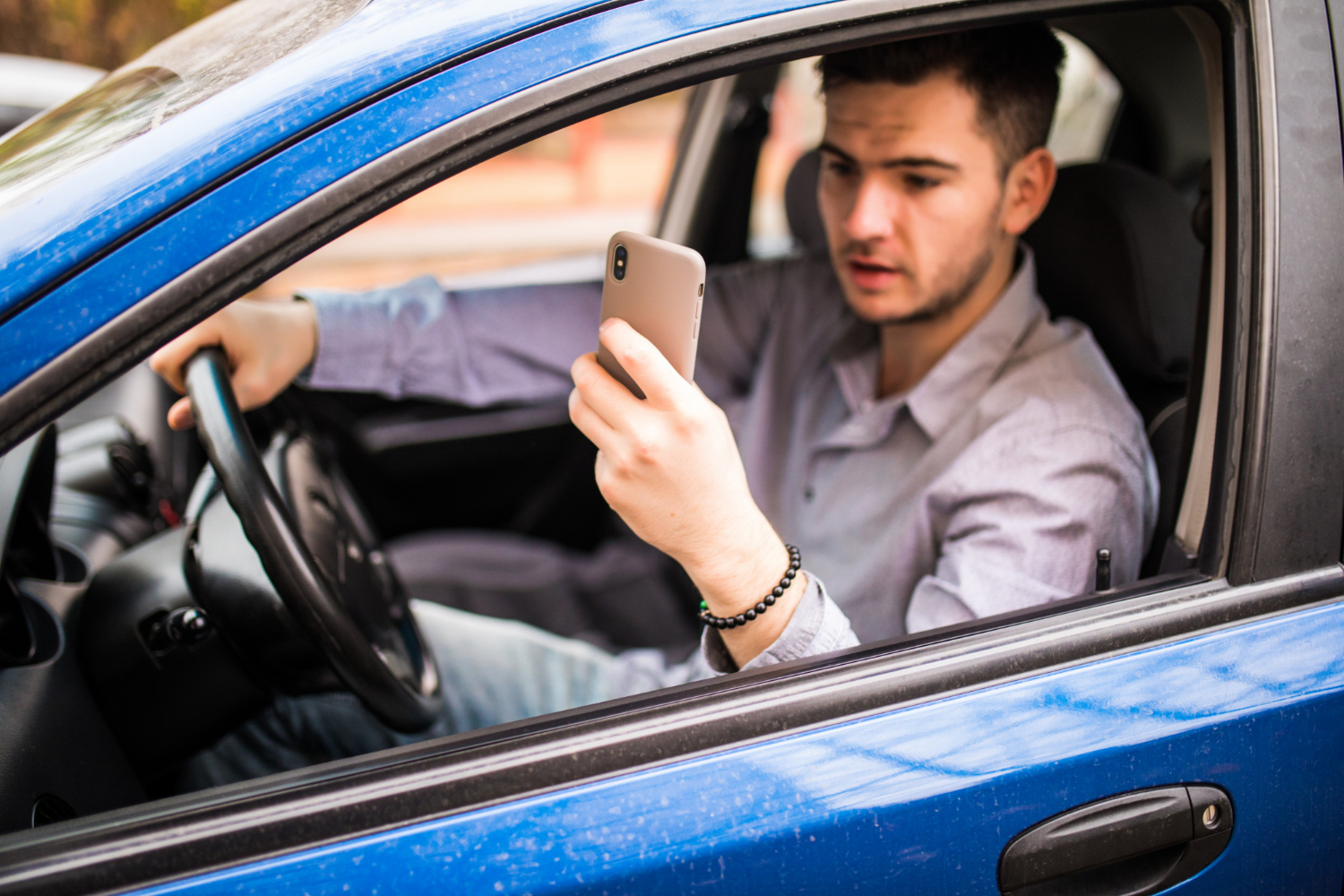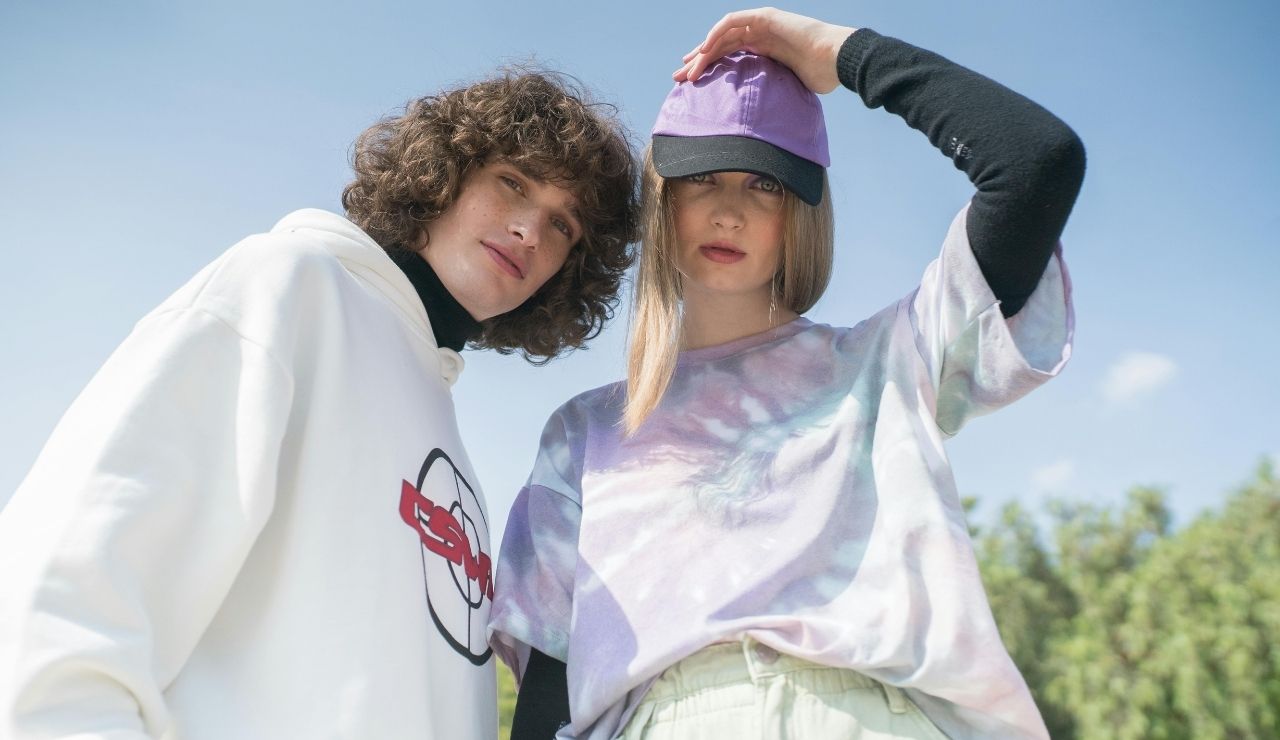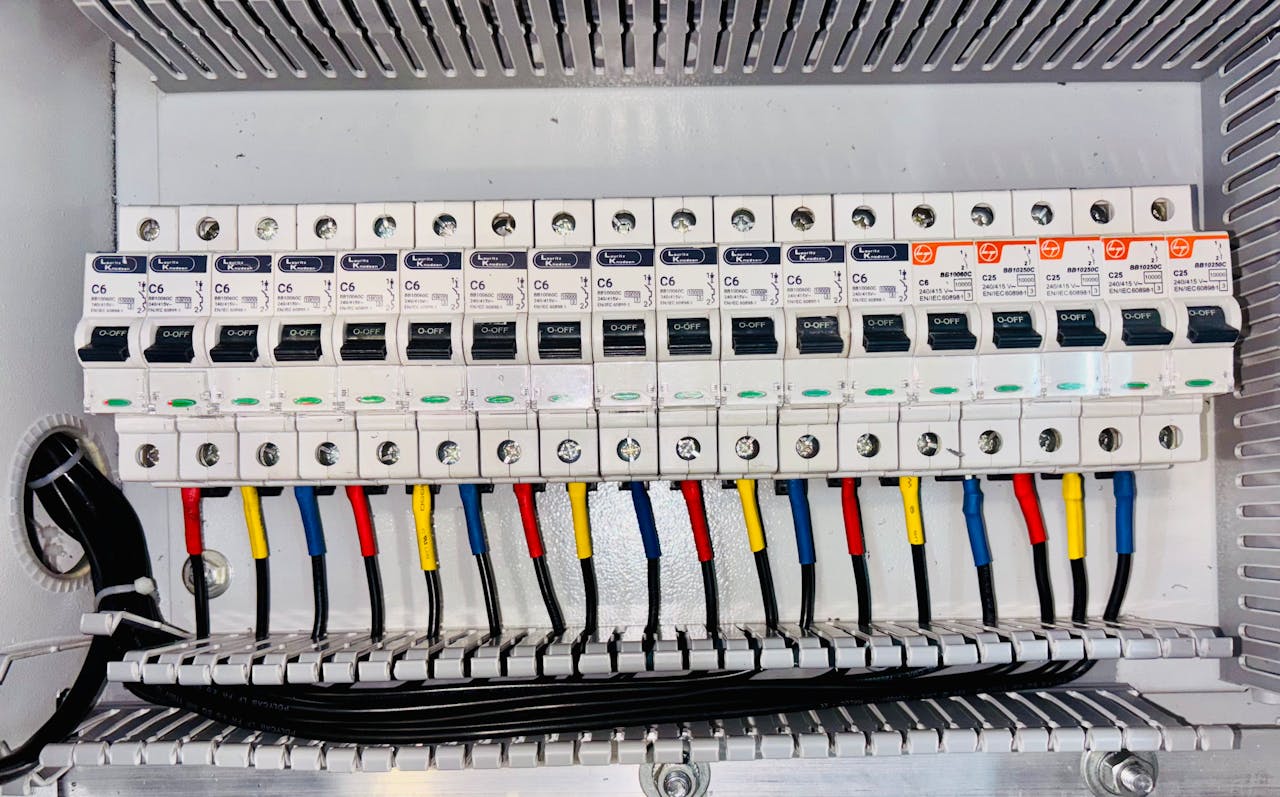Crowded roads turn small habits into real risks, and lawmakers respond with rules that vary by map. What feels normal at home can be illegal one state over, shaped by crash data, court rulings, and local politics. The goal is not to trip up visitors. It is to keep people alive and traffic moving. Here are six common behaviors that can earn a ticket depending on the jurisdiction, along with the logic behind the ban and the smarter move when the light turns red.
Holding a Phone While Driving
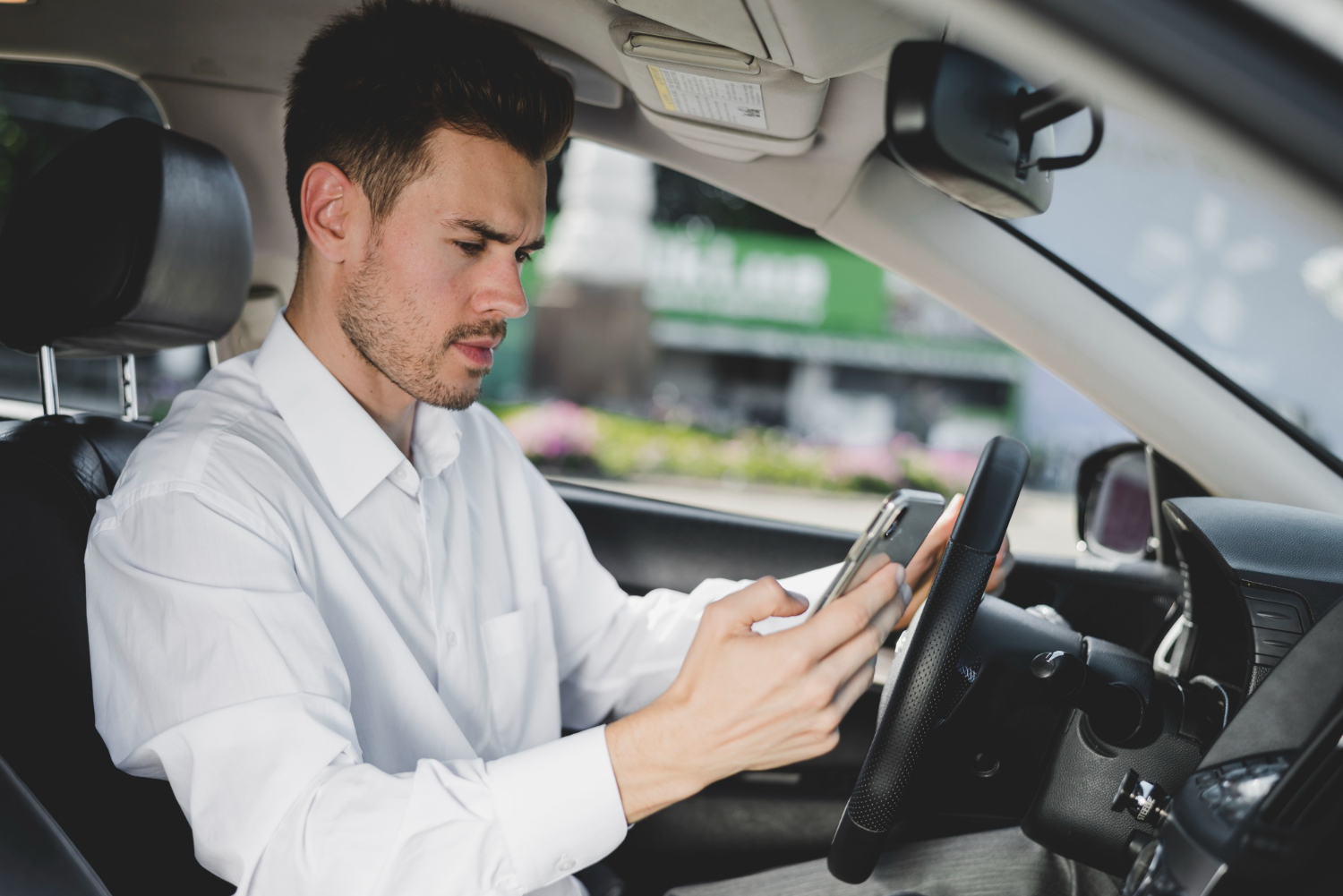
Hands-free laws are now the rule in much of the country. Many states bar holding a phone at all, not just texting, and officers can stop a driver on that basis alone. Video calls, scrolling, and filming while moving fall under the same umbrella. The safest approach uses a mount and voice controls, with eyes on the road and a thumb nowhere near send. If a call cannot wait, pull over legally, park, and make it boring. Boring is how families get home.
Turning Right on Red Where It Is Not Allowed
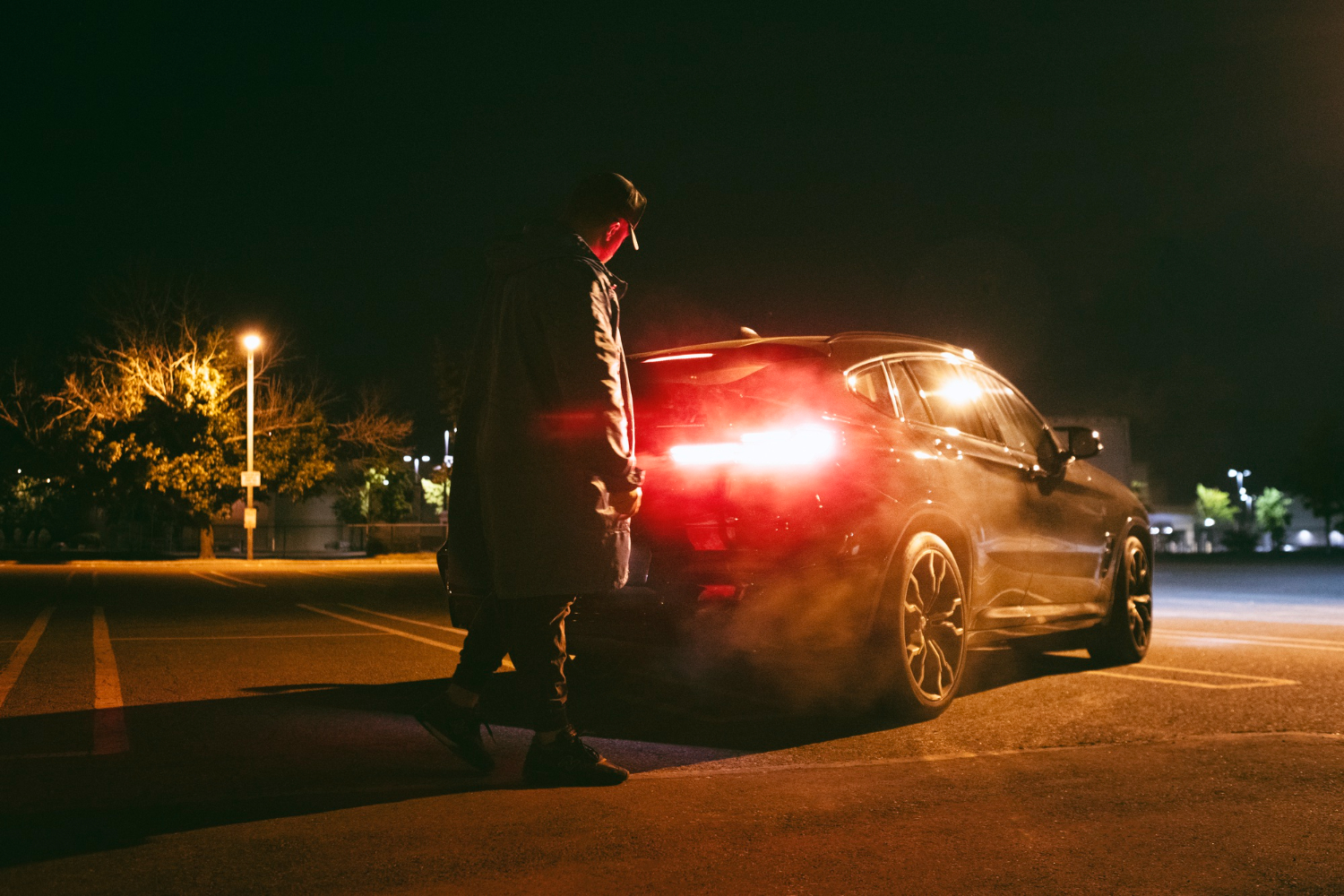
Right on red is not guaranteed. Some places, like New York City, prohibit it unless a sign grants permission, flipping the usual assumption. Other cities post no turn on red at busy or complex intersections to protect pedestrians and cyclists. Visitors who treat every red as a suggestion learn fast that local norms differ. The practical rule is simple. Read the signal, scan for signage, and accept that a red light is a red light until the city says otherwise.
Camping in the Left Lane
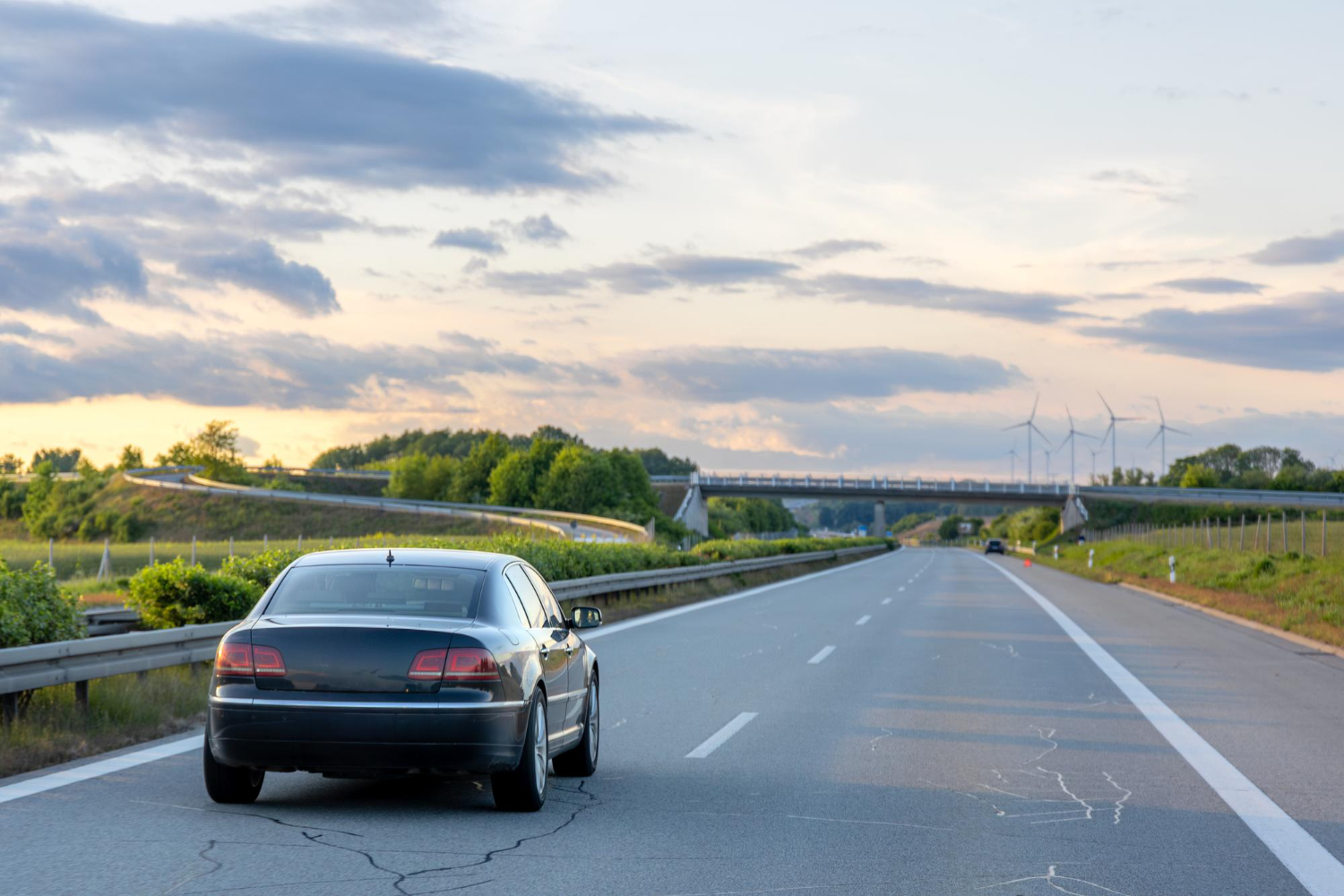
The left lane is for passing in many states, not for cruising. Statutes require slower traffic to keep right when a faster vehicle approaches, even if the left lane driver believes they are at the limit. Troopers view left lane camping as a trigger for road rage and rolling bottlenecks. Make the pass, then move over to restore flow. It is not a surrender to speeders. It is traffic etiquette written into law to prevent brake checks, tailgating, and needless swerves.
Obscuring a License Plate
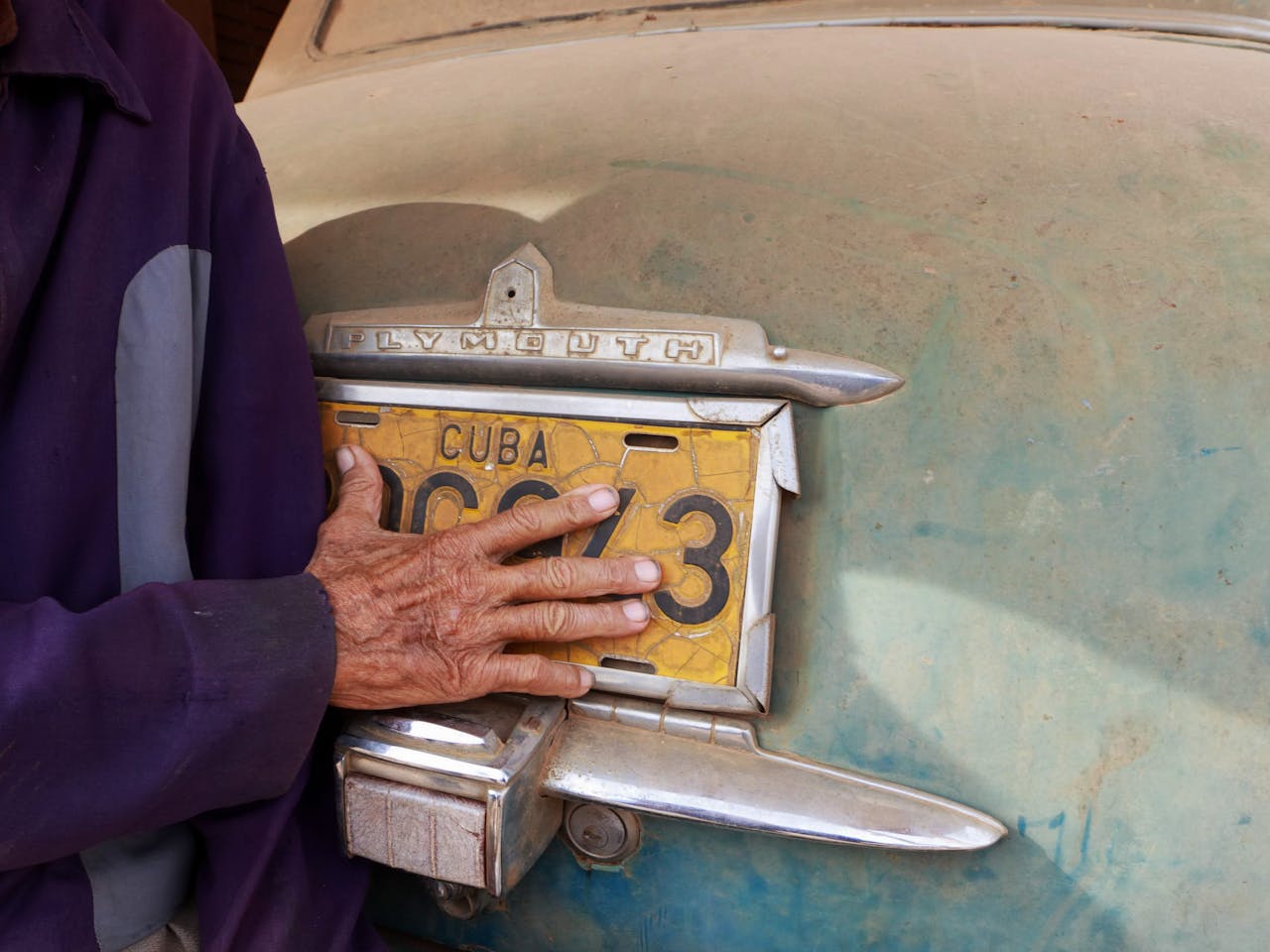
Plates must be readable, full stop. States ticket tinted covers, mirrored films, and frames that hide even a small part of required text. Some jurisdictions also penalize plates blocked by dirt, snow, or bike racks without a visible duplicate. Automated tolls and street cameras rely on clear characters, and courts have upheld stops when key wording is obscured. If a device or accessory hides the view, fix it before driving. Clean plate, clean stop, no roadside debate necessary.
Wearing Headphones Over Both Ears
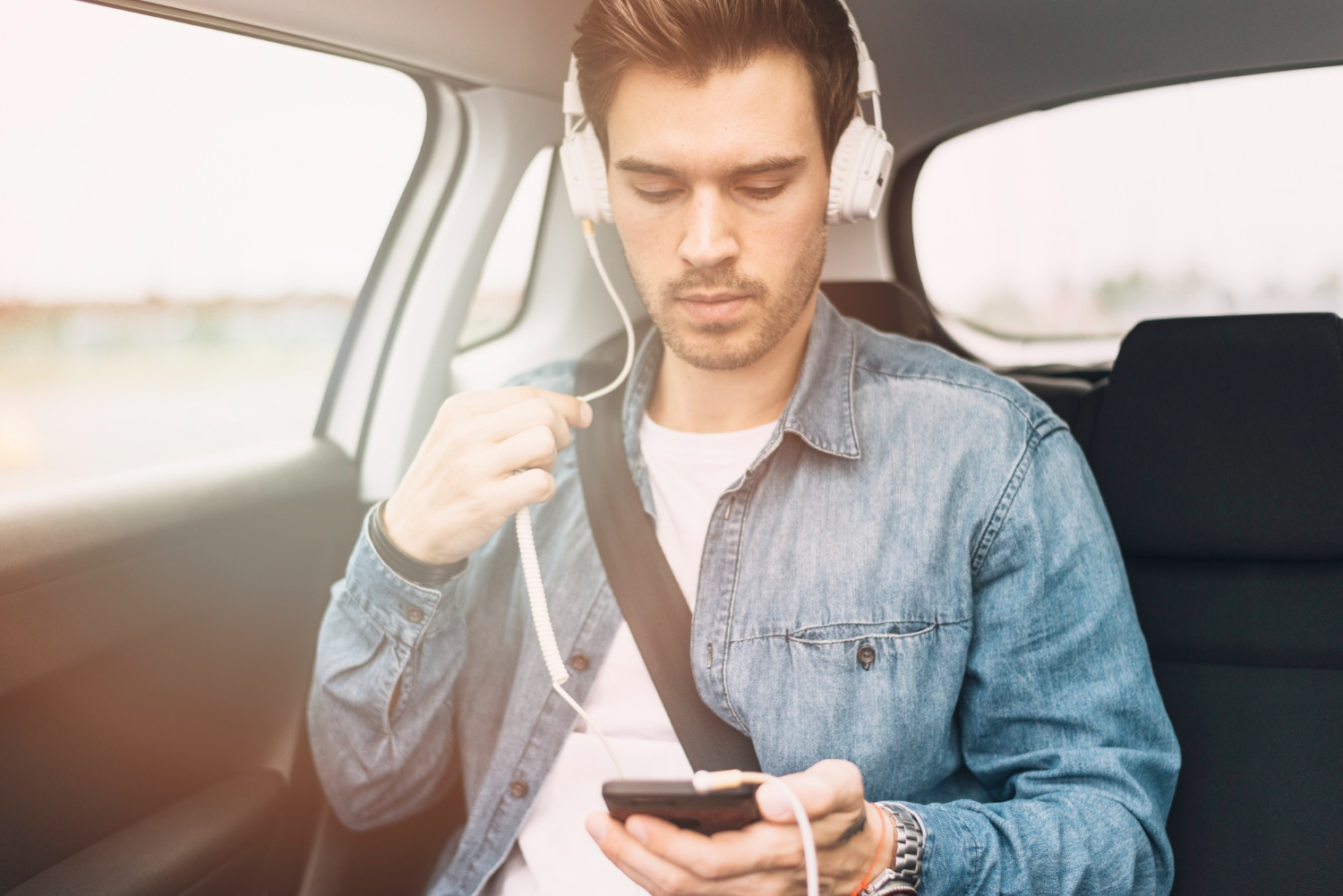
Music makes miles easier, but two covered ears can be illegal. Several states prohibit wearing headphones, earbuds, or earplugs in both ears while driving, keeping one ear open for sirens, horns, and approaching bikes. Some allow a single earbud or built-in car audio while banning full isolation. The reasoning is blunt. Hearing buys seconds, and seconds prevent crashes. Choose one ear free, keep alerts audible, and let the cabin speakers carry the rest of the soundtrack.
Driving With Snow or Ice on the Vehicle
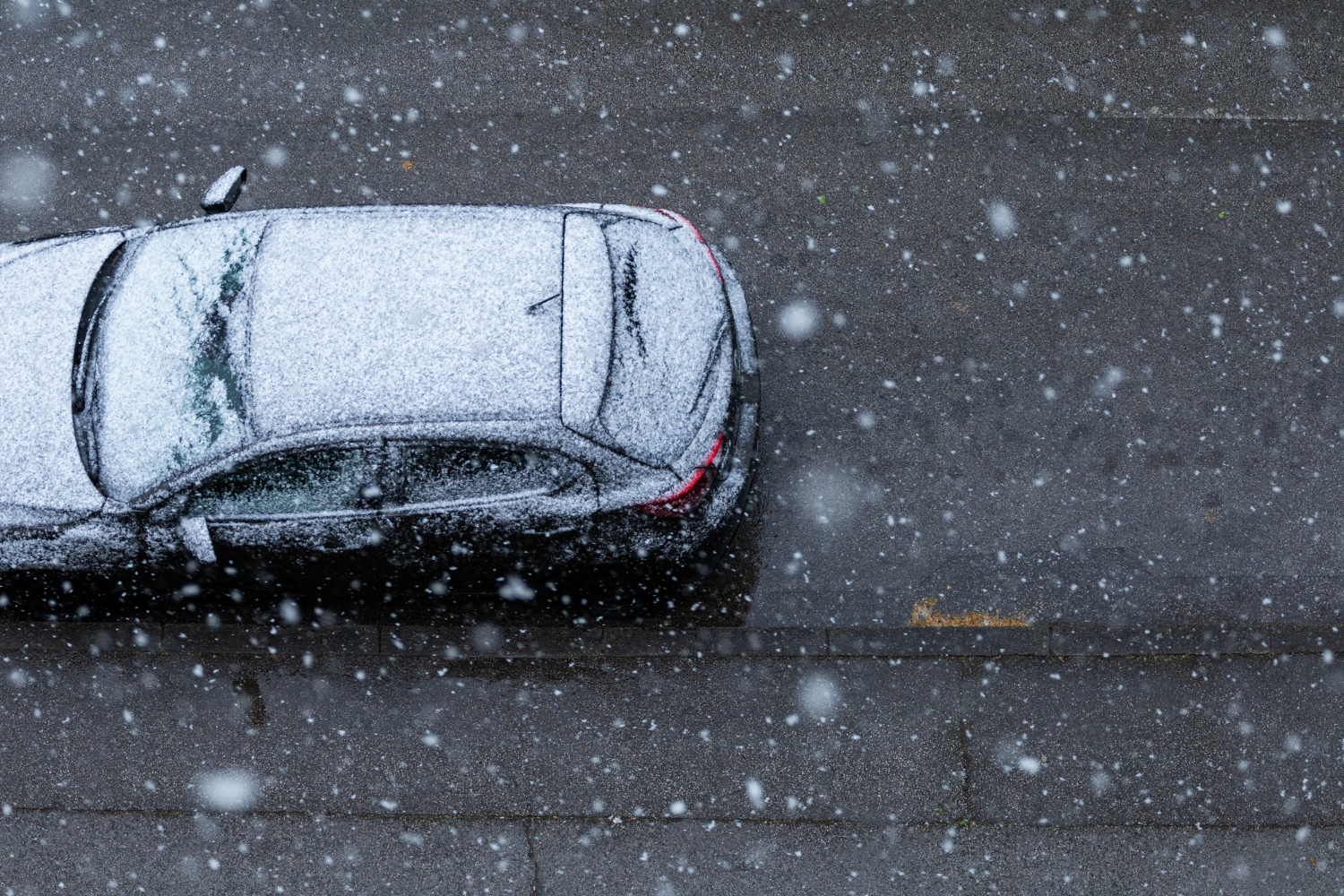
Winter adds rules along with slush. States in the Northeast and Mid-Atlantic ticket cars that travel with snow or ice piled on roofs, hoods, or lights. If debris flies off and causes damage, fines rise sharply, and officers can stop a vehicle on sight. Clear glass is not enough. Brush the roof, mirrors, camera lenses, and plates. A clean car protects the windshield behind, avoids a cloud of ice in the passing lane, and keeps a cold morning from turning expensive.
